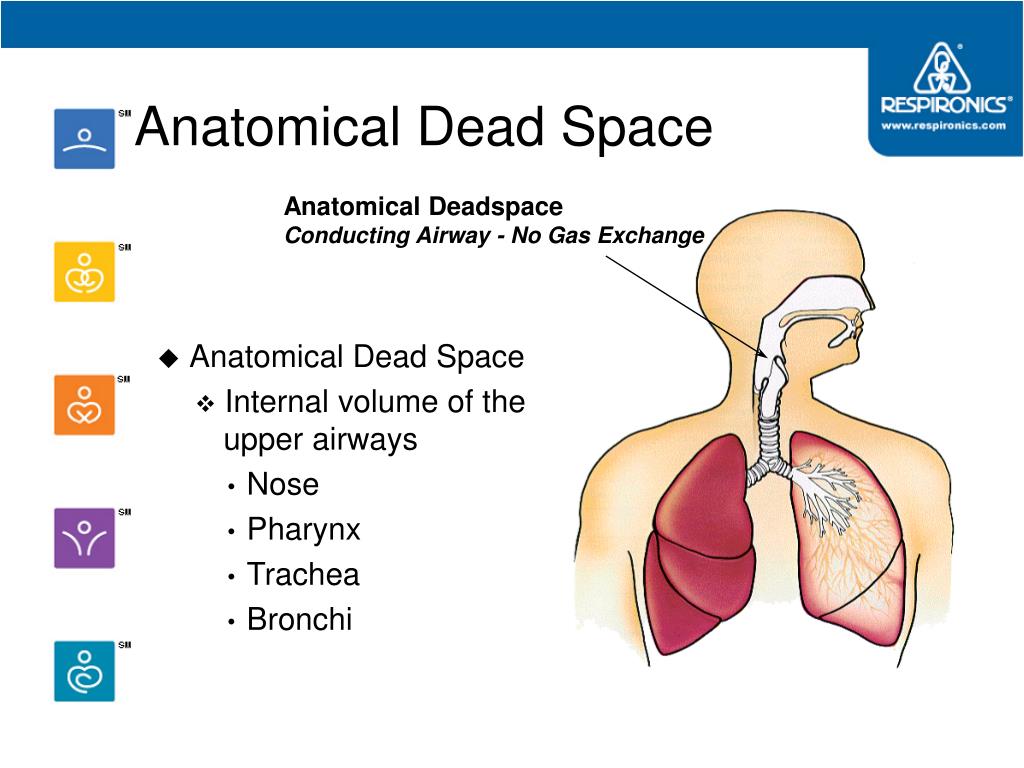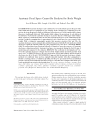

However, the ability to breathe-to have air enter the lungs during inspiration and air leave the lungs during expiration-is dependent on the air pressure of the atmosphere and the air pressure within the lungs.

The alveolar and intrapleural pressures are dependent on certain physical features of the lung. The major mechanisms that drive pulmonary ventilation are atmospheric pressure ( P atm) the air pressure within the alveoli, called alveolar pressure ( P alv) and the pressure within the pleural cavity, called intrapleural pressure ( P ip).

Pulmonary ventilation is the act of breathing, which can be described as the movement of air into and out of the lungs.

List the steps involved in pulmonary ventilation.Discuss how pressure, volume, and resistance are related.Describe the mechanisms that drive breathing.Positive pressure ventilation (i.e.By the end of this section, you will be able to:.Neck extension and jaw protrusion (can increase it twofold).General anesthesia – multifactorial, including loss of skeletal muscle tone and bronchoconstrictor tone.The ratio of physiologic dead space to tidal volume is usually about 1/3. Alveolar dead space is the volume of gas within unperfused alveoli (and thus not participating in gas exchange either) it is usually negligible in the healthy, awake patient. Anatomic dead space is the volume of gas within the conducting zone (as opposed to the transitional and respiratory zones) and includes the trachea, bronchus, bronchioles, and terminal bronchioles it is approximately 2 mL/kg in the upright position. Physiologic or total dead space is the sum of anatomic dead space and alveolar dead space. Dead space is the volume of a breath that does not participate in gas exchange.


 0 kommentar(er)
0 kommentar(er)
